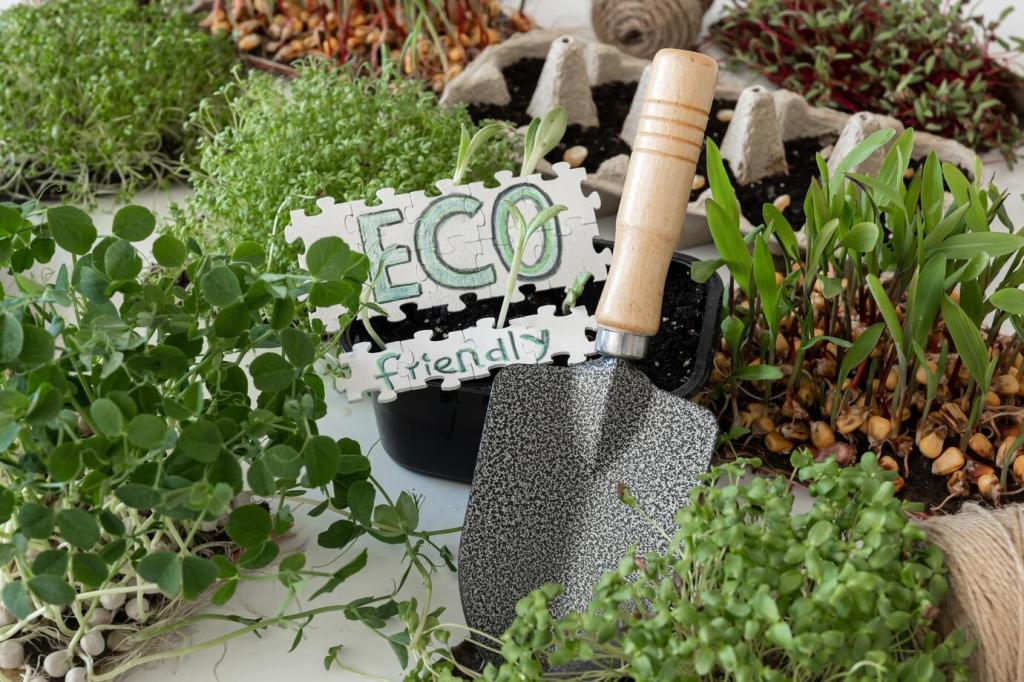
Design Beautifully, Use Less: Reducing Water Usage in Landscape Design
Welcome to a greener way of gardening where creativity meets conservation. Explore practical strategies, inspiring stories, and smart tools to lower outdoor water demand without sacrificing beauty. Chosen theme: Reducing Water Usage in Landscape Design.
Start Smart: Core Principles of Water‑Wise Design
Map sun, shade, wind, and runoff patterns to match plants with their true needs. Group thirsty species together, keep tough natives apart, and route rain naturally to where roots can use it best.
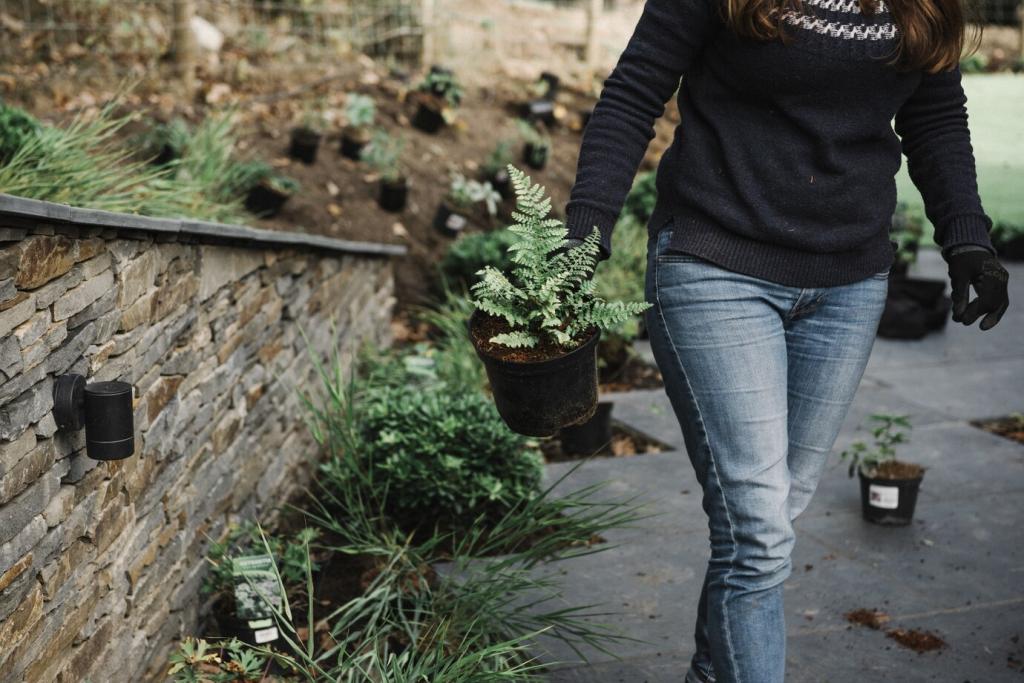
Natives and Climate‑Adapted All‑Stars
Seek plants evolved for your rainfall and soils: manzanita, yarrow, lavender, and salvias are reliable standouts. They establish quickly, need less supplemental water, and support local pollinators with nectar‑rich blooms.
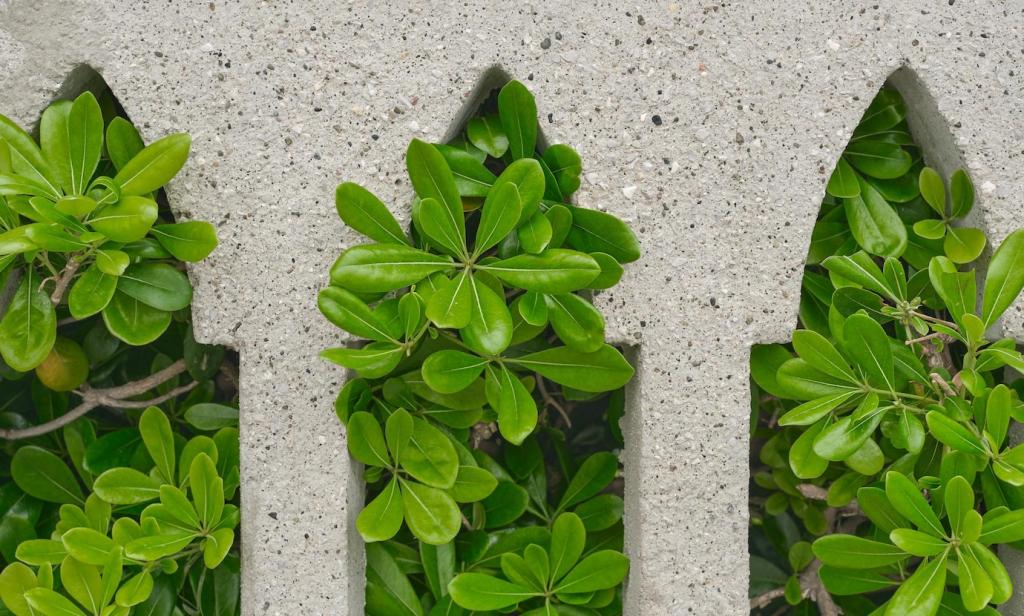
Lawn Alternatives That Love Less Water
Swap traditional turf for bunchgrasses, clover mixes, or creeping thyme. These living carpets stay lush with minimal irrigation, reduce mowing, and create playful textures that invite feet and pollinators alike.
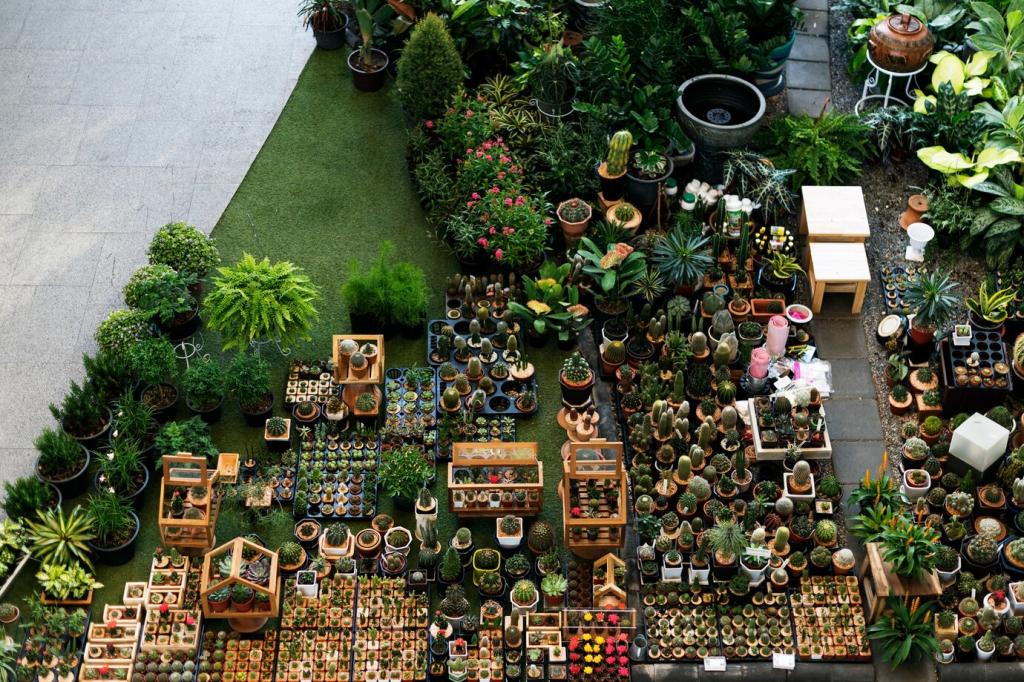
Drip Lines and Targeted Emitters
Drip systems move water at root level, minimizing evaporation and overspray. Choose pressure‑compensating emitters, bury or mulch lines, and space emitters to match plant size for efficient, even moisture.

Smart Controllers and Moisture Sensors
Weather‑based controllers skip watering after rain and adjust schedules for heat or cool spells. Pair with soil moisture probes to water only when roots actually need it, not by habit.
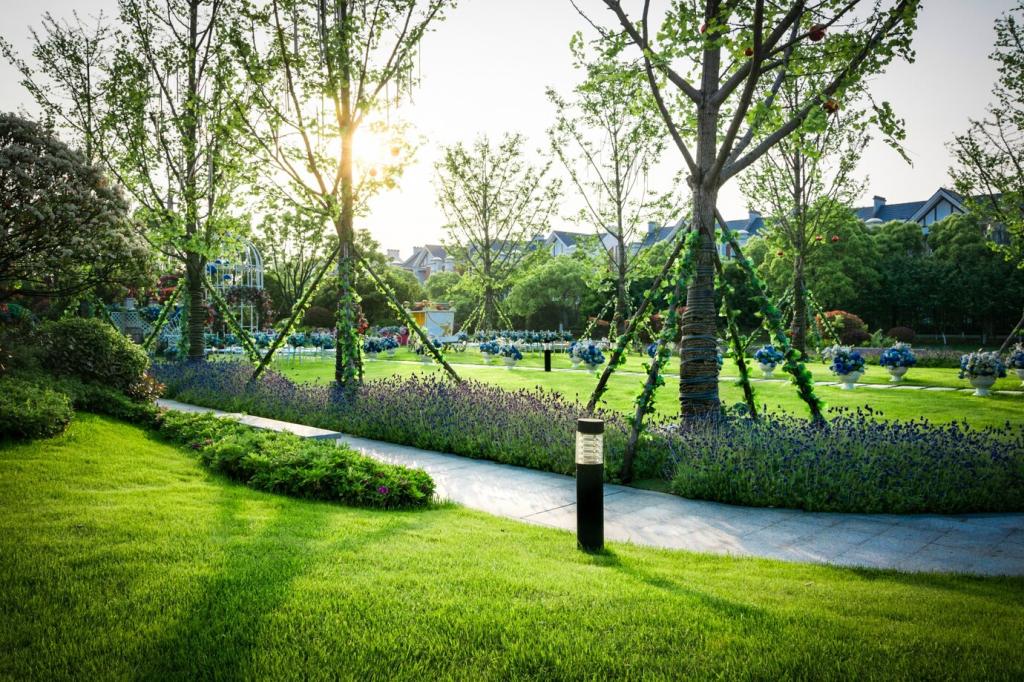
Graywater Basics Done Right
Reuse laundry and shower water for trees and ornamentals with simple, code‑compliant systems. Filter lint, avoid harsh detergents, and distribute evenly downhill to keep soil hydrated without touching potable supplies.
Capture What Falls: Rain as a Resource
Depressions planted with deep‑rooted species catch runoff, filter sediments, and recharge soil. Space overflow points carefully, use sturdy natives, and watch seasonal rains become a quiet irrigation partner.
Capture What Falls: Rain as a Resource
Place storage where downspouts deliver. Elevate barrels for gravity pressure, screen inlets against mosquitoes, and disguise tanks with trellised vines so form and function support water‑wise elegance together.
Capture What Falls: Rain as a Resource
Gravel, permeable pavers, and open‑joint stone let water soak instead of shedding off hardscape. Your garden benefits twice: less runoff to manage and more moisture available beneath planted areas.
Mulch, Maintenance, and Metrics
Two to three inches of shredded bark or arborist chips reduce evaporation and suppress weeds. Keep mulch off trunks, replenish annually, and pair with drip irrigation for powerful water savings.

Stories, Myths, and Your Next Step
A reader in Phoenix replaced lawn with mesquite, desert milkweed, and decomposed granite paths. Drip lines and a small cistern cut outdoor water 58%—and hummingbirds now visit every morning.
Stories, Myths, and Your Next Step
Color thrives on less water. Think salvia blues, penstemon pinks, rosemary fragrance, and seasonal grasses waving in evening light. Share photos of your vibrant low‑water beds to challenge this myth.
Stories, Myths, and Your Next Step
Tell us your biggest watering challenge and we’ll tackle it in an upcoming post. Subscribe for monthly field‑tested ideas, plant lists, and case studies that make reducing water usage feel easy.
